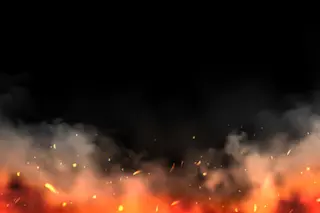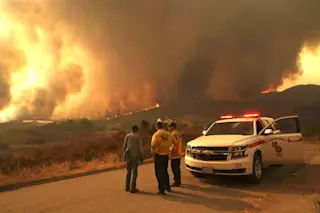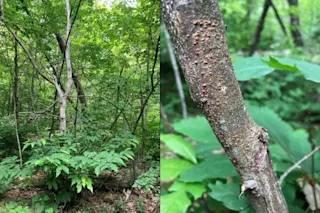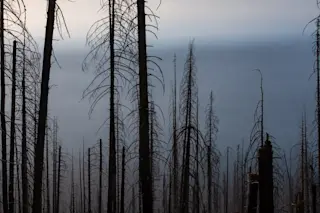(Credit: FAO Panama) Indigenous tribes from the Pacific Northwest to the Amazon Basin face a similar set of challenges: How to manage their lands, defend against corporate encroachment and document historic and religious sites for future generations. Often working with limited resources, many indigenous groups are turning to drones to protect and preserve their traditional lands. Many Central and South American countries have laws that, on paper, limit what companies can do on indigenous lands. But enforcement is hit-or-miss. To make their voices heard, indigenous tribes must go to the government with solid evidence that shows the land is theirs and laws are being broken. Drones can help gather that evidence. In two separate programs, indigenous communities in both Panama and Guyana are using drones to help monitor deforestation, document their own land use, and fight illegal encroachment into their territories.
In Guyana, members of the Wapichan tribe ride motorbikes ...














